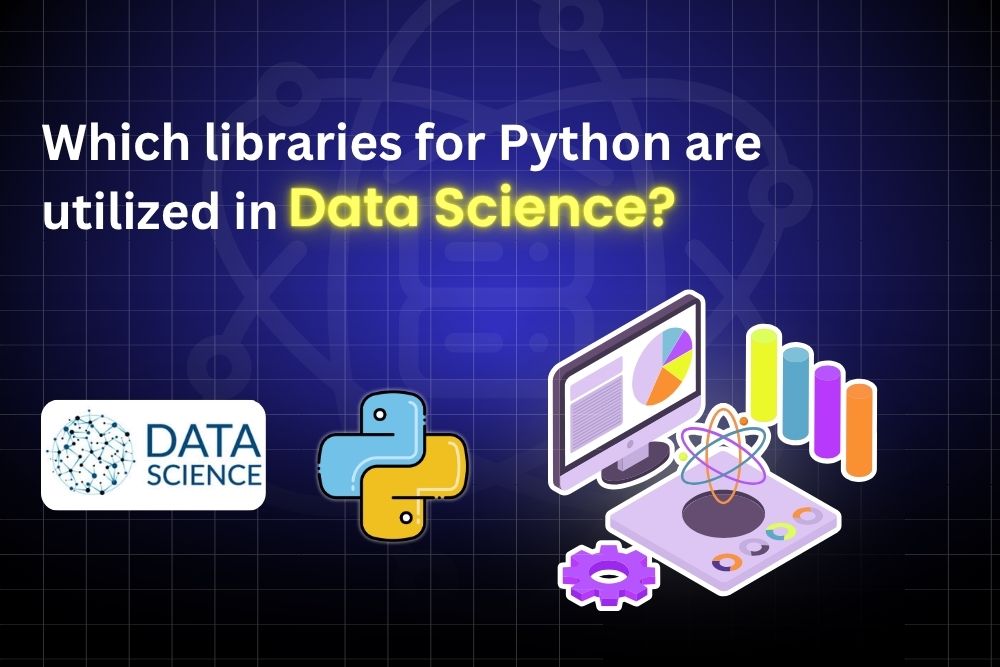One of the most widely used programming languages nowadays is Python. Python is used in almost every area of software development, from automation and machine learning to web development and data research. Known for its readability and ease of use, Python is often recommended as a first programming language for beginners while also being robust enough for professionals and large-scale projects.
However, no programming language is without its drawbacks. Despite its many strengths, Python has limitations that developers and businesses must consider, especially when performance, scalability, or system-level integration is critical.
This article provides a comprehensive look at the advantages and disadvantages of Python, offering insights that can help you decide when and how to use it effectively.
Advantages of Python
1. Simple and Readable Syntax
Python has a clear, simple, and understandable syntax. Its structure mirrors plain English, which makes it approachable for beginners and fast for experienced developers to read and write.
Example:
python
Copy
Edit
for i in range(5):
print(“Hello, World!”)
This simplicity encourages productivity and minimizes the learning curve, making Python a favorite in educational institutions and coding boot camps.
2. Extensive Standard Library and Ecosystem
A large standard library that covers a variety of tasks, including file I/O, regular expressions, threading, and networking, is included with Python. Through the Python Package Index (PyPI), Python offers a robust ecosystem of third-party packages in addition to the standard library.
Popular libraries include
- Django and Flask for web development
- Matplotlib and Seaborn for data visualization
- NumPy and Pandas for data analysis
- PyTorch and TensorFlow for machine learning
This richness enables developers to build applications quickly without reinventing the wheel.
3. Cross-Platform Compatibility
Python is a cross-platform language, which means that, provided platform-specific dependencies are avoided, you may execute the same Python code on Windows, macOS, and Linux without making any changes. This portability simplifies development, testing, and deployment across environments.
4. Strong Community Support
Python’s vast and active community contributes tutorials, open-source projects, documentation, and tools. Whether you’re stuck with a bug or looking for best practices, chances are someone has already faced a similar issue and posted a solution on forums like Stack Overflow or GitHub.
5. Versatility Across Domains
Python is not confined to a single domain. It is used for:
- Web development (using Django and Flask frameworks)
- Machine learning and data science (using SciPy, Pandas, and Scikit-learn)
- Automation and scripting (via scripts and tools like Selenium)
- Cybersecurity (for writing penetration testing tools)
- Game development, IoT, networking, and more
This versatility makes Python a “write-once, use-everywhere” kind of language.
6. Excellent for Prototyping and MVPs
Python is perfect for creating fast prototypes or Minimum Viable Products (MVPs) because of its ease of use and speed of development. Startups and product teams often choose Python to validate ideas quickly before scaling to more complex systems.
7. Integration Capabilities
Python can easily integrate with languages like C, C++, and Java. Using tools like Cython, Jython, or SWIG, developers can call C libraries, embed Python in other languages, or improve performance-critical components by writing them in a lower-level language.
The easiest approach to learn Python is to attend a Python course in Pune
8. Growing Job Market
With the rise of AI, data science, and cloud computing, Python continues to grow in demand. Python developers are in high demand in sectors including computing, e-commerce, healthcare, and finance.
Disadvantages of Python
1. Slower Performance
Python is an interpreted language, not a compiled one. When compared to compiled languages like C or Java, this results in slower execution.
The dynamic typing system, while flexible, adds overhead that can slow down performance for CPU-intensive applications. This makes Python less suitable for real-time or high-performance computing tasks unless offloaded to optimized libraries or native code.
2. Mobile Development is Weak
While Python is great for web and backend services, it is not ideal for mobile app development. Although there are frameworks like Kivy and BeeWare, they are not as developed or popular as Kotlin (Android) or Swift (iOS). As a result, Python is rarely used for mobile applications.
3. High Memory Consumption
Python’s data types (like dictionaries and lists) and object-oriented features consume more memory than their counterparts in languages like C or Go. This makes Python a poor choice for memory-intensive tasks or low-resource environments, such as embedded systems.
4. Runtime Errors Due to Dynamic Typing
Python’s dynamic typing system is double-edged. Although it encourages flexibility, in statically typed languages like Java or C#, it can also result in runtime faults that would have been detected at build time. This can introduce bugs that are only discovered during execution, especially in large applications.
Example:
python
Copy
Edit
def add(x, y):
return x + y
add(“5”, 2) # Raises TypeError at runtime
5. Global Interpreter Lock (GIL)
The most popular Python interpreter, CPython, has a feature called the Global Interpreter Lock (GIL) that stops several native threads from running Python bytecodes at once. This means Python is not ideal for multi-threaded CPU-bound programs.
Although it handles I/O-bound multithreading well (such as in web servers), Python’s performance suffers in parallel computing scenarios where real multithreading is needed.
6. Not Ideal for Enterprise-Grade Applications
For massive enterprise systems with strict requirements for concurrency, scalability, and type safety, Python may fall short. Java, C#, and even Rust are often preferred in environments that require high fault tolerance and compile-time guarantees.
7. Lack of True Private Variables
Python does not support access modifiers like private, protected, or public, as seen in languages like Java. Although naming conventions (_underscore prefix) exist, true encapsulation is not enforced, which can lead to the accidental misuse of class members.
When Should You Choose Python?
Despite its disadvantages, Python is an excellent choice for:
- Beginners learning programming fundamentals
- Data scientists and AI/ML engineers
- Web developers building RESTful APIs or web applications
- Automation engineers creating scripts for repetitive tasks
- Researchers who need to analyze and visualize data
- Startups looking to develop MVPs quickly
If your project involves rapid development, has minimal performance constraints, and values developer productivity, Python is likely a good fit.
When Should You Avoid Python?
You might want to consider alternative languages if:
- Your application is performance-critical (e.g., game engines, real-time simulations)
- You are developing mobile applications
- You need to build system-level software (e.g., operating systems, device drivers)
- You require extensive multi-threading for parallel CPU-bound tasks
Compilable languages like Java, Rust, or C/C++ may be better suited in some situations.
Final Thoughts
Python’s ease of use, readability, and robust ecosystem are its main advantages. It empowers developers to build and iterate quickly, making it ideal for innovation-heavy domains like AI, automation, and data science. It’s not a one-size-fits-all answer, though. To use it efficiently, one must be aware of its limits.
Choose Python for the right use case and optimize for its weaknesses when needed (e.g., using C extensions or multiprocessing). It can be an incredibly powerful tool in your software development arsenal.






